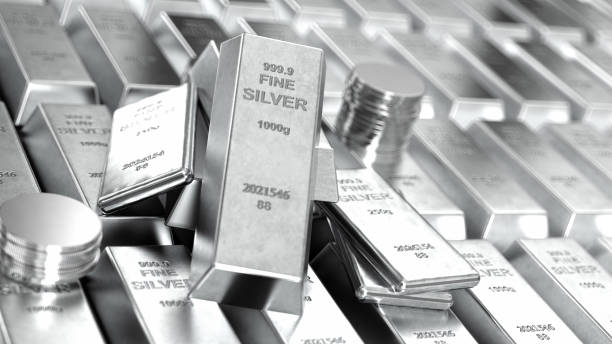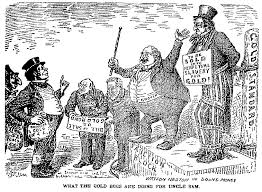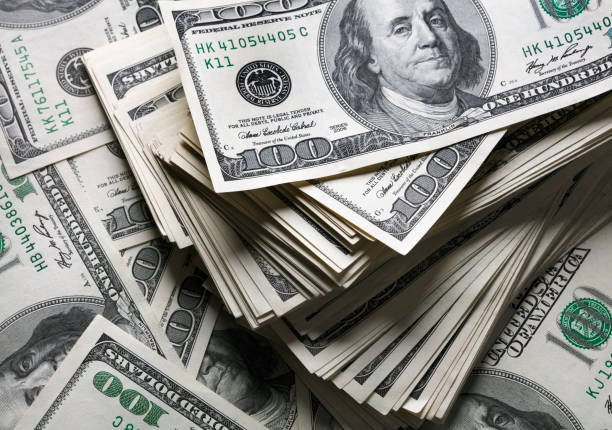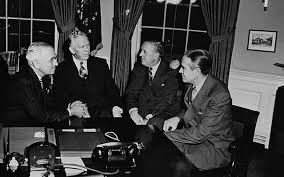How silver remains relevant in today’s world, despite losing its status as currency

Although silver is no longer the foundation of global currencies, silver remains relevant in the modern economy due to its industrial, investment, and cultural significance. From cutting-edge technology and renewable energy to its role as a hedge against inflation and…











